ENERGY EFFICIENCY IN BUILDINGS
In Sintesi
Autore: Giuseppe Dell’Olio
Sottotitolo: A compilation of papers
Formato: 14,8 x 21 cm.
Casa Editrice: Editoriale Delfino
ISBN: 978-88-31221-49-8
Numero di pagine: 80
Edizione: I edizione 2021
Autore
Giuseppe Dell’Olio has been working in the energy sector since 1993, initially with ENEL (the Italian electricity authority at that time) and later as an expert in energy efficiency projects developed by GSE in collaboration with Italian Ministries and Agencies. He joined GSE (Italian agengy for subsidizing energy efficiency and renewable energy production) in 2005. Since then, his interests include: Energy efficiency in industry and buildings; smart metering applied to natural gas, electricity, heat; smart grids and microgrids; combined heat and power production (CHP or cogeneration plants); district heating and district cooling; renewable energy sources, both for electricity and for heat; distributed Energy Resources (DER). On these topics he has published a number of scientific papers accepted in international meetings or in technical journals, as well as five books. He cooperates with CEI (Italian electrotechnical commitee), CENELEC (European Electrotechnical Committee for Standardization) and IEC (International Electrotechnical Commission).
Sommario
Preface
PAPER N.1 – Energy certification of buildings: a case study
Introduction
Transmission losses
Transmission losses: calculation of the coefficient
Heat transmission through thermal bridges: calculation of coefficient
Dispersion by radiation towards the sky
Ventilation losses: calculation of coefficient
Heat gains
Heat provided by the sun
Opaque surfaces: effective collecting area
Transparent surfaces: effective collecting area
Solar heat gain
Internal heat gain
Heat gains: the utilization coefficient
Monthly heat balance
Heating: from heat to primary energy
The Energy Performance Indicator for heating (EPi)
Production of Domestic Hot Water (DHW)
Production of DHW: from heat to primary energy
More about generation efficiency
Energy performance indicator for Domestic Hot Water production (EPacs)
The overall energy performance indicator
The notional building
The energy performance class
PAPER N. 2 – Energy efficiency in buildings: are monthly calculations really necessary?
Heat dispersed through building envelope
Heat dispersed by ventilation
Utilization factor of internal and solar gains
Paper n. 3 – Energy efficiency in buildings: a simple but accurate way to perform calculations
Paper n. 4 – Assessment of domestic hot water demand: various criteria checked against real life data
Introduction
Results
Conclusions
Paper n. 5 – Heat cost allocation in apartment buildings: an evaluation of benefits, on the basis of actual operational data
Introduction
Results
Conclusions
Paper n. 6 – Heat transmission through the walls of a building: a distributed parameters calculation model
Introduction
Theory
Validation of the model
Results and discussion
Questo prodotto
vale 8 gettoni

OPPURE ACQUISTA SINGOLARMENTE
€ 8,00
ENERGY EFFICIENCY IN BUILDINGS
Questo articolo
vale 4 gettonI

OPPURE ACQUISTA SINGOLARMENTE
€ 8,00
In Sintesi
Autore: Giuseppe Dell’Olio
Sottotitolo: A compilation of papers
Formato: 14,8 x 21 cm.
Casa Editrice: Editoriale Delfino
ISBN: 978-88-31221-49-8
Numero di pagine: 80
Edizione: I edizione 2021
Autore
Giuseppe Dell’Olio has been working in the energy sector since 1993, initially with ENEL (the Italian electricity authority at that time) and later as an expert in energy efficiency projects developed by GSE in collaboration with Italian Ministries and Agencies. He joined GSE (Italian agengy for subsidizing energy efficiency and renewable energy production) in 2005. Since then, his interests include: Energy efficiency in industry and buildings; smart metering applied to natural gas, electricity, heat; smart grids and microgrids; combined heat and power production (CHP or cogeneration plants); district heating and district cooling; renewable energy sources, both for electricity and for heat; distributed Energy Resources (DER). On these topics he has published a number of scientific papers accepted in international meetings or in technical journals, as well as five books. He cooperates with CEI (Italian electrotechnical commitee), CENELEC (European Electrotechnical Committee for Standardization) and IEC (International Electrotechnical Commission).
Sommario
Preface
PAPER N.1 – Energy certification of buildings: a case study
Introduction
Transmission losses
Transmission losses: calculation of the coefficient
Heat transmission through thermal bridges: calculation of coefficient
Dispersion by radiation towards the sky
Ventilation losses: calculation of coefficient
Heat gains
Heat provided by the sun
Opaque surfaces: effective collecting area
Transparent surfaces: effective collecting area
Solar heat gain
Internal heat gain
Heat gains: the utilization coefficient
Monthly heat balance
Heating: from heat to primary energy
The Energy Performance Indicator for heating (EPi)
Production of Domestic Hot Water (DHW)
Production of DHW: from heat to primary energy
More about generation efficiency
Energy performance indicator for Domestic Hot Water production (EPacs)
The overall energy performance indicator
The notional building
The energy performance class
PAPER N. 2 – Energy efficiency in buildings: are monthly calculations really necessary?
Heat dispersed through building envelope
Heat dispersed by ventilation
Utilization factor of internal and solar gains
Paper n. 3 – Energy efficiency in buildings: a simple but accurate way to perform calculations
Paper n. 4 – Assessment of domestic hot water demand: various criteria checked against real life data
Introduction
Results
Conclusions
Paper n. 5 – Heat cost allocation in apartment buildings: an evaluation of benefits, on the basis of actual operational data
Introduction
Results
Conclusions
Paper n. 6 – Heat transmission through the walls of a building: a distributed parameters calculation model
Introduction
Theory
Validation of the model
Results and discussion
Recensioni
Ancora non ci sono recensioni.
















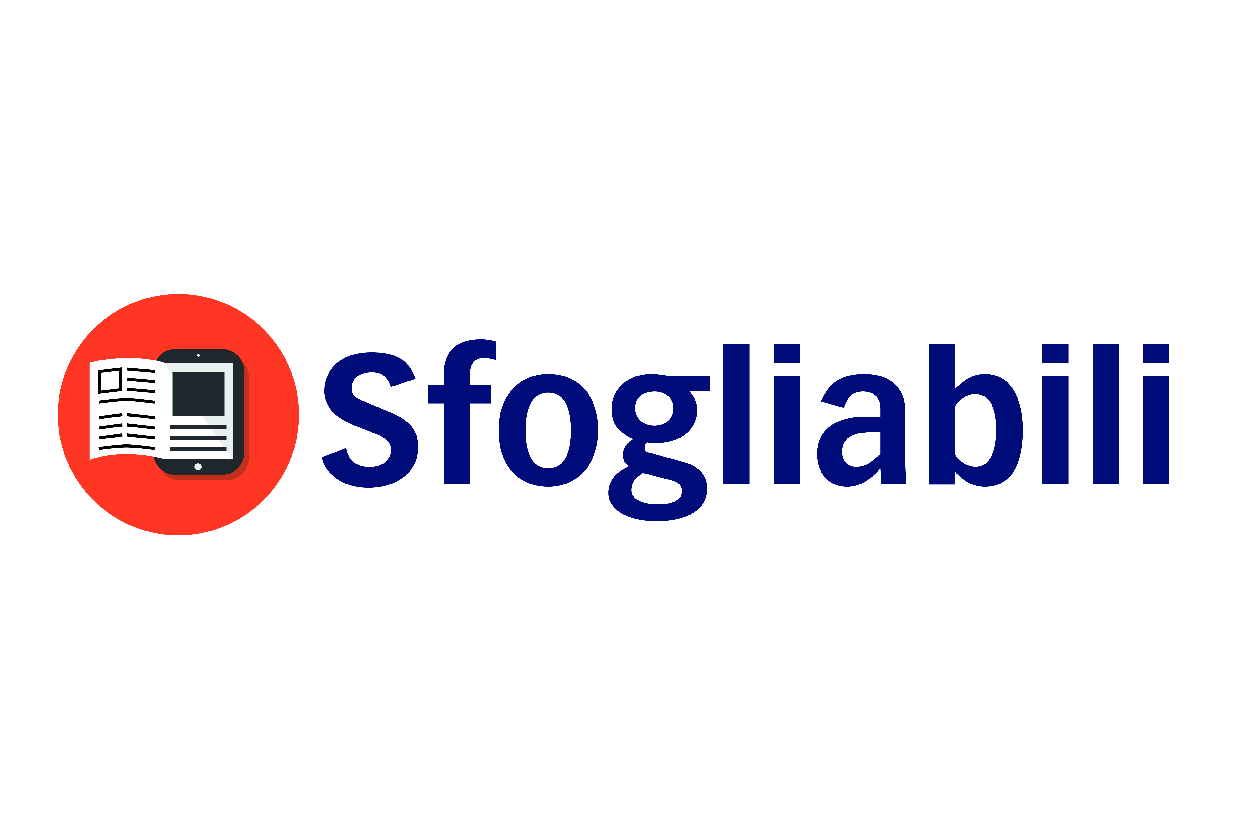

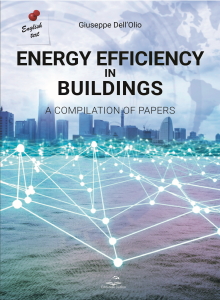
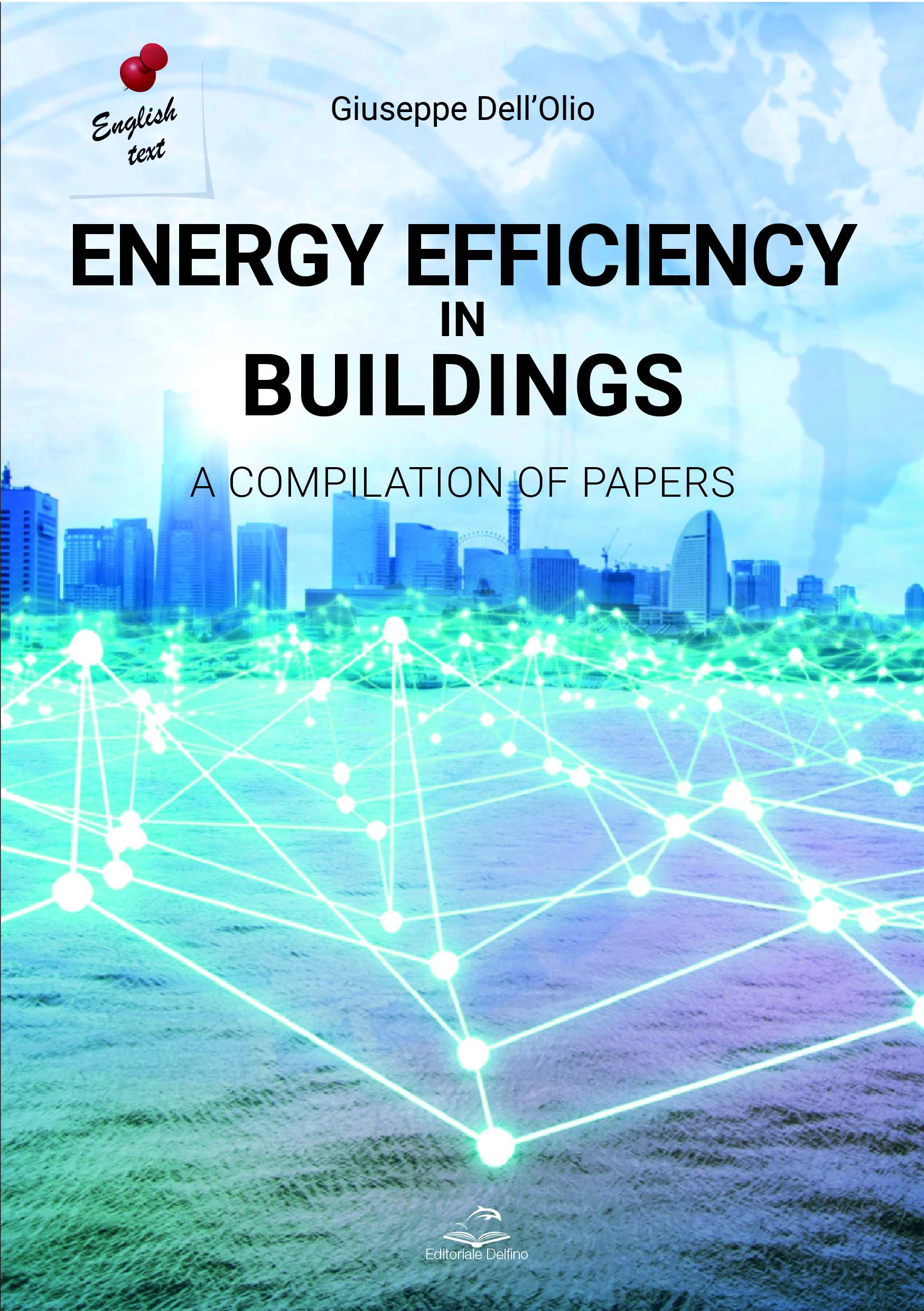
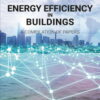
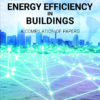
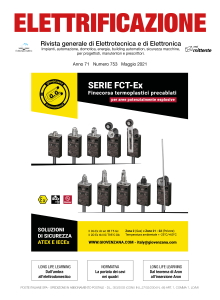
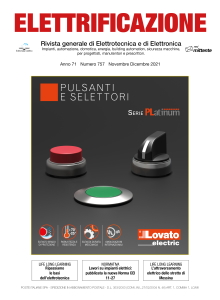
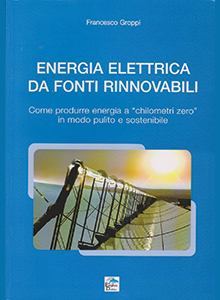

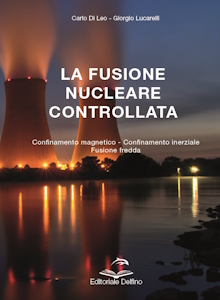
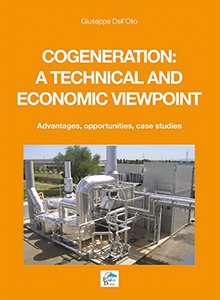
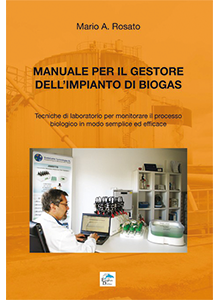
 Ciao come possiamo aiutarti?
Ciao come possiamo aiutarti?
Recensioni
Ancora non ci sono recensioni.